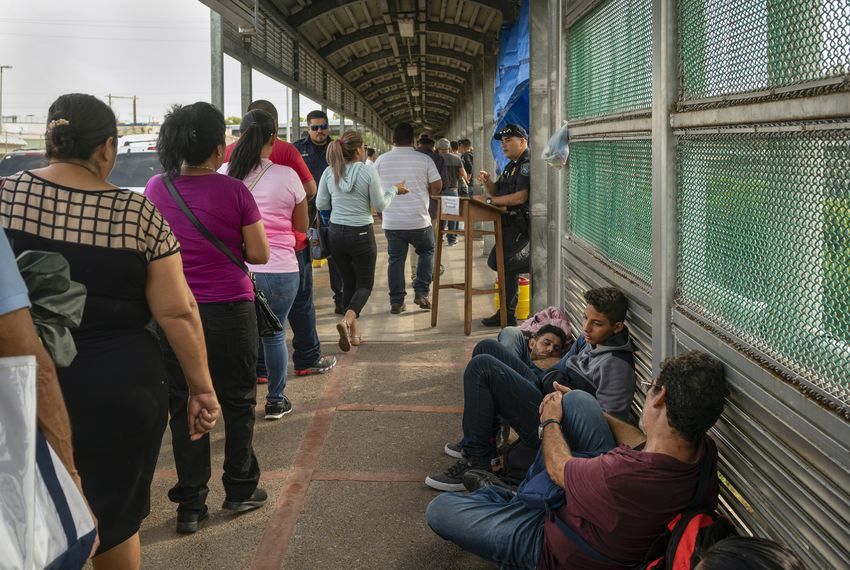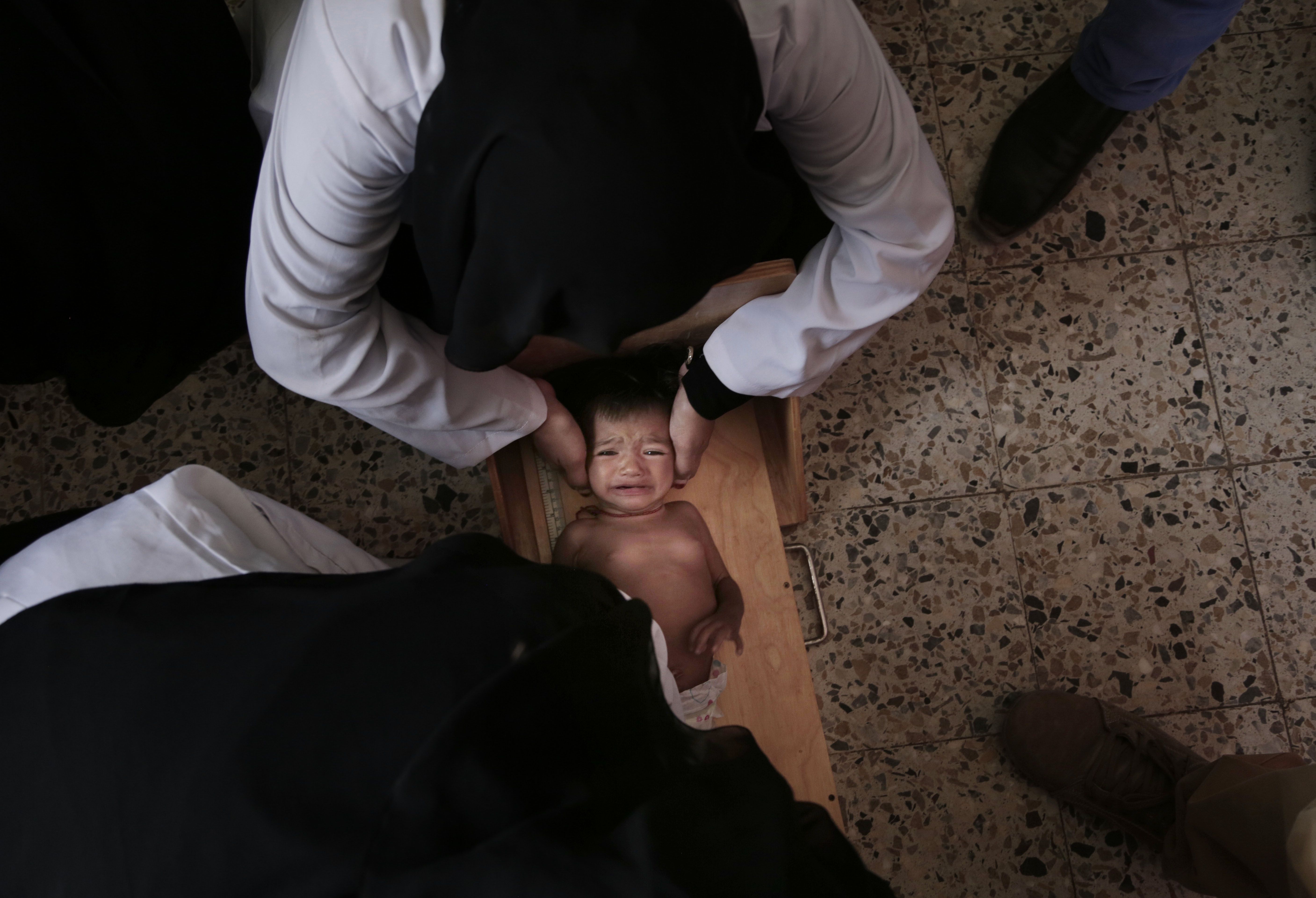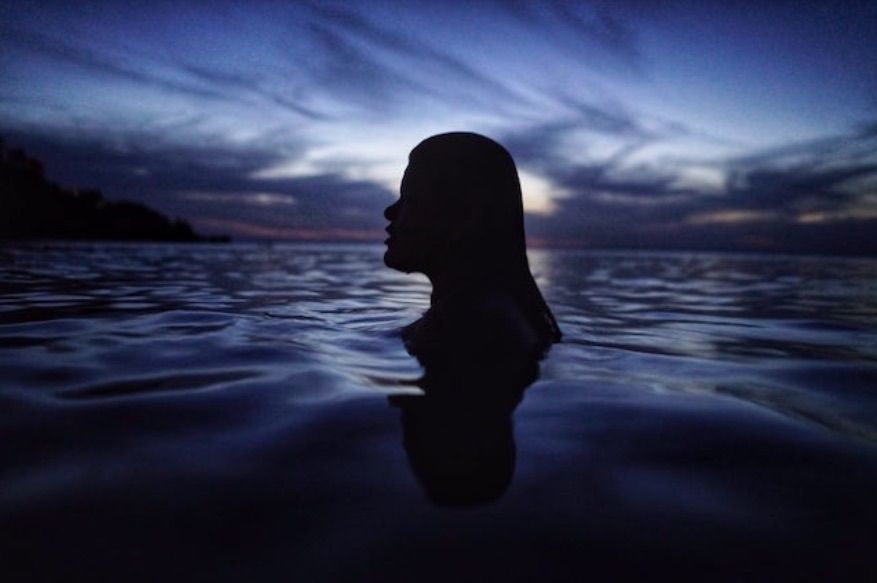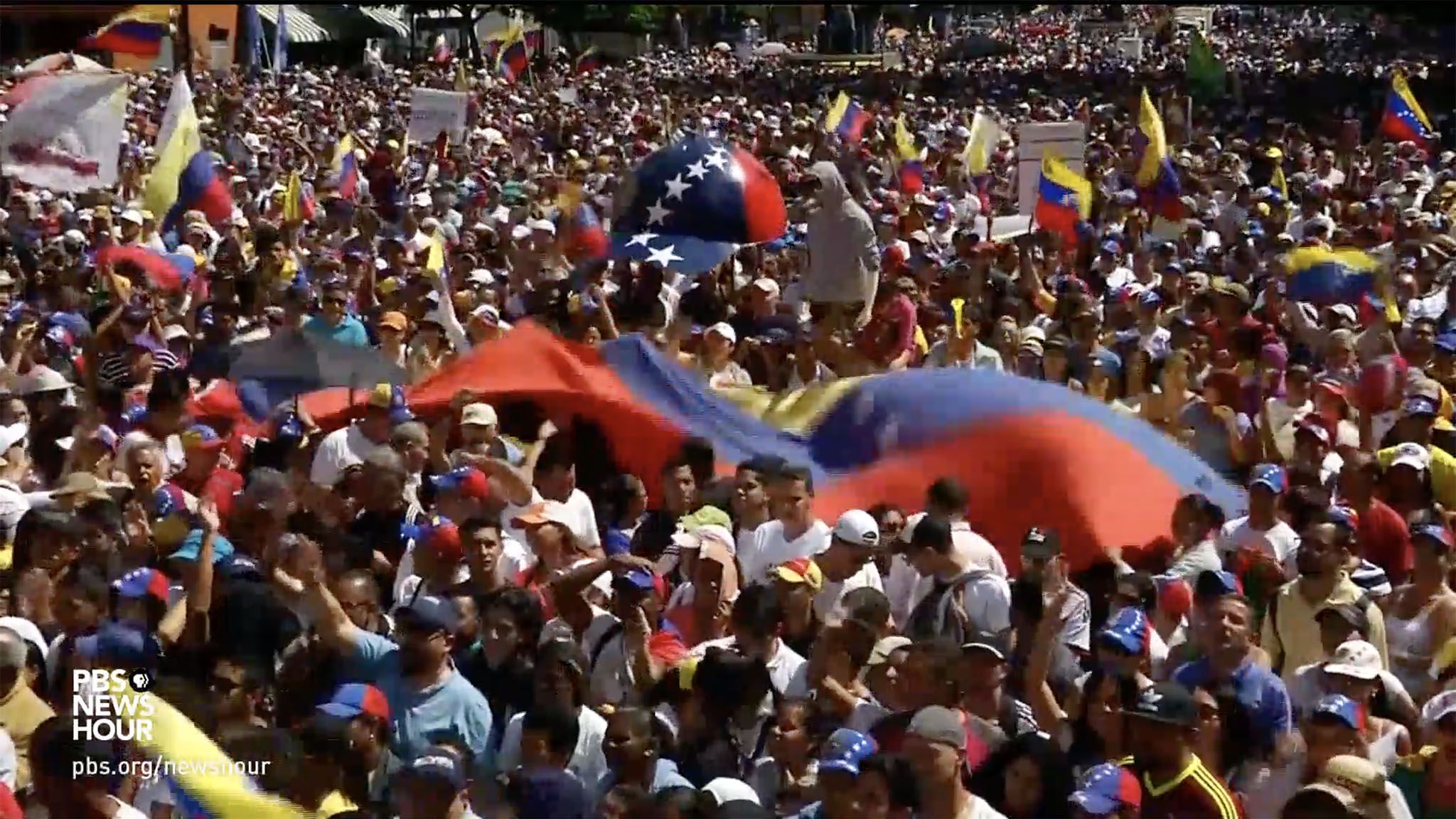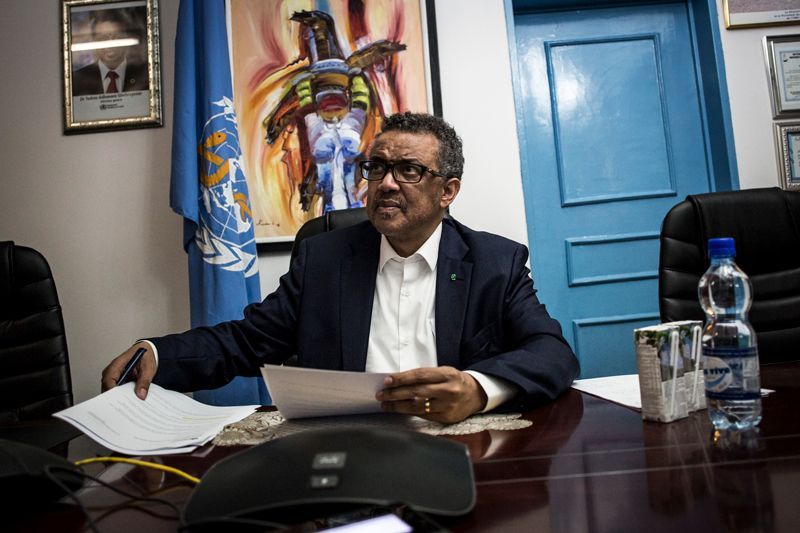At the start of the school year, students might want to discuss some of the global issues they heard about over the summer, or catch up on some they may have missed. This lesson is intended to spark discussion on current events and different ways to keep up with them. For more in-depth lessons about these issues, educators can use the Pulitzer Center-supported projects in the Resource section (at right) to further explore each topic.
Objectives:
Students will be able to...
- Identify some of the global issues that were in the news over the summer
- Locate some of the countries that were in the news this summer on a world map and explain the interrelated roles of different countries
- Seek out further information on an issue independently
Warm-up:
As a class, discuss:
- Did you pay attention to the news over the summer?
- If you said "yes" discuss where you found the news and how.
- If you said "no," what do you know or think is happening in the world right now (including in your own country)? How did you hear about these events?
- What does it mean to "pay attention to the news"?
Introducing the Lesson:
Students can explore issues in small groups, choose one to explore as a class, or explore each one consecutively. Each issue should require 10-20 minutes.
U.S.-Mexico Border: Migration and Refugees
1. What phrases and images come to mind when you hear "U.S.-Mexico border"? Write these down in a list.
2. Discuss what you know:
- What countries or regions are migrants at the U.S.-Mexico border coming from?
- Why are they trying to cross the U.S.-Mexico border?
- What is happening to them when they reach the border?
3. Look at the three photographs in this article excerpt from Julián Aguilar’s reporting on the U.S.-Mexico border and imagine the story of the older woman in the colorful shirt. Scroll down to page 3 to see the captions. Does the description of the image match what you thought?
4. Read this excerpt from Aguilar’s article “At a Mexican Safe House, Migrants Risk Violence as They Wait in the Shadows.” Read the captions for each photograph. Why do you think the journalist doesn’t give us Elena’s last name?
5. Mark the following places on the map: Honduras, Mexico, U.S. Trace Bertha’s journey.
6. Revisit the list of phrases associated with the U.S.-Mexico border that you made at the beginning of this activity. Are there any terms you think should be added or changed to reflect what the general public should know about the U.S.-Mexico border?
Yemen: Conflict and Food Security
1. What phrases and images come to mind when you think of Yemen? Write these down in a list.
2. Mark Yemen on the world map.
3. What do you know about the war in Yemen? What about the famine?
4. Watch the following video from Maggie Michael and Nairman El-Mofty’s Pulitzer Prize-winning reporting on Yemen’s dirty war. As you watch, write down the name of each country referenced by the speaker. (Content warning: some graphic images starting after 2:50).
5. In your own words, define or describe the following words from the video:
- Proxy war
- Sectarian fault lines; tribal politics
- Houthis
- Arab Spring
- Colonization
6. What are some questions you still have about the war? How might you go about answering those questions independently?
7. Revisit the list of phrases associated with Yemen that you made at the beginning of this activity. Are there any terms you think should be added or changed to reflect what the general public should know about the conflict?
The Amazon: Deforestation and Climate Change
1. What phrases and images come to mind when you think of the Amazon rainforest? Write these down in a list.
2. Mark the Amazon rainforest on a map. If you can, try to outline it to scale.
3. Why do you think the Amazon is also called “the lungs of the earth”?
4. Who is affected by deforestation, and how?
5. The title of the news story you will explore is “Rainforest Defenders.” Who do you think a rainforest defender is? What do they do?
6. Read this excerpt from Francesc Badia i Dalmases and Pablo Albarenga’s reporting on the Amazon. What is the connection between Indigenous land rights and climate change? How might Bolsonaro’s anti-Indigenous racism make deforestation worse?
7. Look at the photos and captions in this article. How do you think the people in these images are defending the rainforest? How do they compare to what you imagined before exploring the article?
Venezuela: Governance
1. What phrases and images come to mind when you think of Venezuela? Write these down in a list.
2. Discuss what you already know:
- What do you know about the Venezuela’s political situation?
- What do you know about the country’s economic situation?
- Why are some people leaving Venezuela?
3. Mark Venezuela on the map.
4. Watch this video from Nadja Drost and Bruno Federico’s reporting on Venezuela’s political crisis (if needed, you can stop the video at 4:10). Why are some people signing a petition in the Caracas subway station to protest U.S. intervention?
5. How does this video challenge or add to what you know about Venezuela?
6. What are some questions you still have about the situation, or areas of the video you thought were unclear? How might you go about answering those questions independently?
7. Revisit the list you made at the beginning of this activity of phrases associated with Venezuela. Are there any terms you think should be added or changed to reflect what the general public should know about the events going on there?
Democratic Republic of Congo: Public Health and Conflict
1. What do you know about the Democratic Republic of Congo (DRC)? Mark the DRC on the map.
2. What do you know about Ebola and previous outbreaks of the virus? What is different about this outbreak?
3. Compare what you have heard about this Ebola outbreak and what you heard about the previous outbreak in 2014–16. Do you think there was a difference in media coverage or in how much attention this received in the U.S.? Why?
4. What do you know about the war in the DRC?
5. View these pictures from Amy Maxmen and John Wessels’s reporting on the Ebola outbreak in North Kivu and guess what is going on in each picture.
6. Read the captions and the project description. Does the description of the images match your expectations? Why or why not?
7. Recently, the World Health Organization (WHO) announced that breakthrough drugs are improving survival rates for Ebola patients. Dr. Mike Ryan, Executive Director of the WHO Health Emergencies Programme, said the following:
"[The effective drugs] doesn’t in itself stop Ebola. What will stop Ebola is … good surveillance, good infection prevention and control, good community engagement, excellent vaccination and the use of these therapeutics in the most effective way possible, in safe and humane Ebola treatment units. It’s not one answer. It’s many things."
Why does Dr. Ryan think the treatment is not the “one answer”? What other challenges do you think there are to stopping the outbreak?
Resources Required:
This lesson uses a world map.
